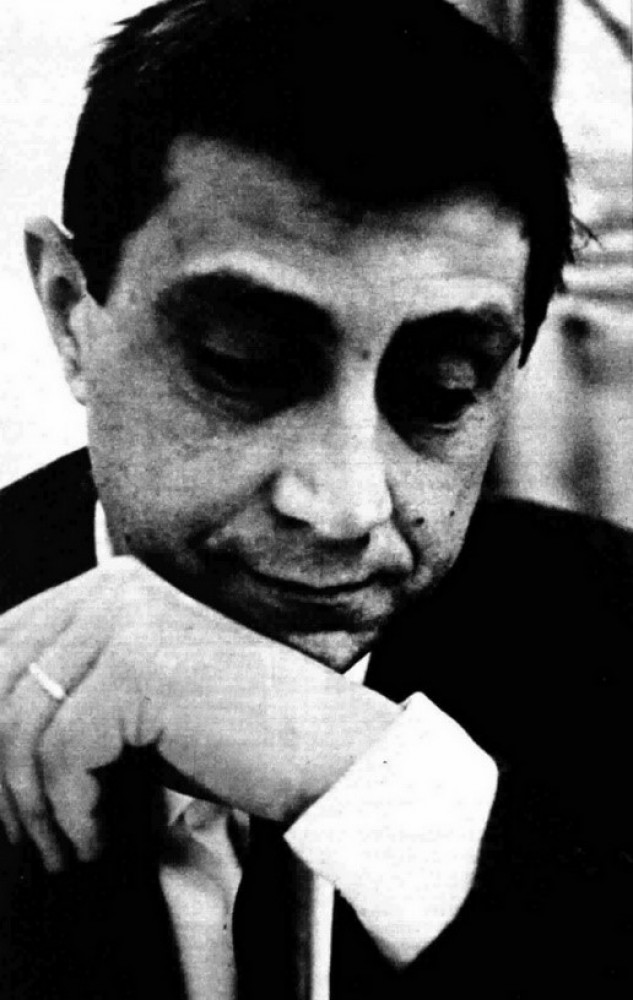In 1970s Italy, many believed people staying at psychiatric institutions were dangerous and needed to be hidden from the rest of society, as well as contained and often forcibly controlled. At best, the line between therapy and punishment in these institutions was blurry.
Basaglia’s views couldn’t have been more different. He strongly believed people in distress should be treated with respect by doctors and medical staff, and their treatment underpinned by empathy, conversation and emotional support.
His efforts sparked a national debate around psychiatric institutions in Italy, which led to the ratification of ‘Law 180’ in 1978 (also known as ‘the Basaglia Law’). This law change enabled psychiatric institutions in Italy to be shut down, and paved the way for community-based mental health services.
In Trieste, the local San Giovanni psychiatric institution was closed and replaced with a network of community mental health centres. Instead of staying in psychiatric institutions, people with mental health challenges were now encouraged to participate in the city's everyday life and integrate into the wider community.
San Giovanni’s Park (where the old institution was) became a place of gathering and cultural events and remains a hive of activity to this day. The nearby cafe and local community radio station are staffed by employees of La Collina (The Hill), a social co-operative that provides opportunities to people with lived experience of mental distress, as well as other groups who encounter barriers to finding paid employment.
Franco Basaglia’s transformative legacy lives on. Community mental health centres in Trieste still offer a range of 24/7 services including crisis intervention, respite care, rehabilitation services and support for family members.

